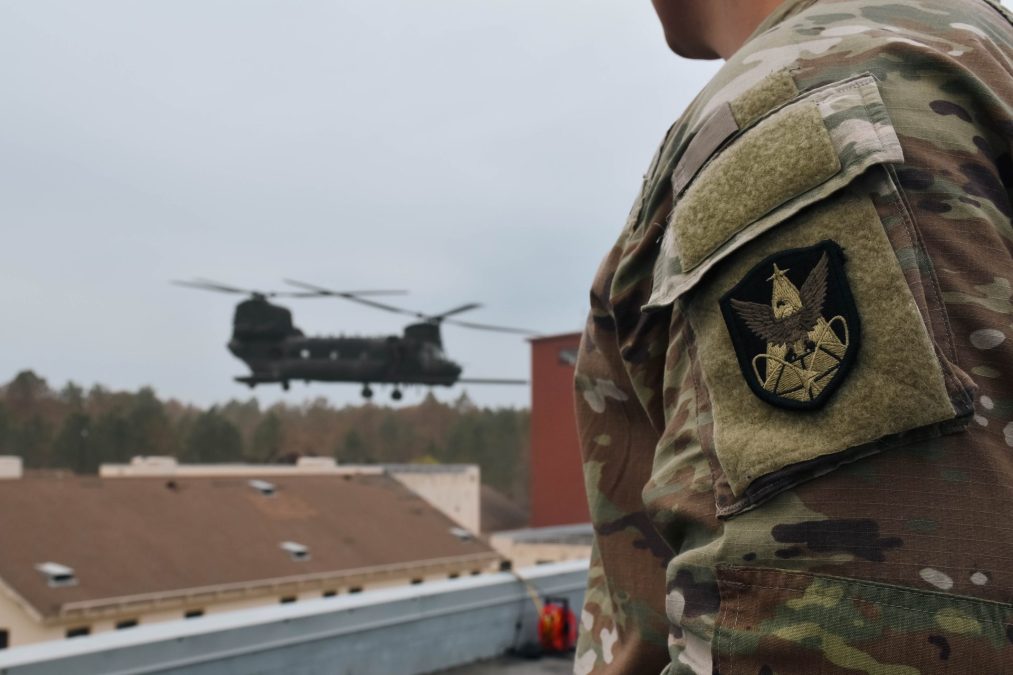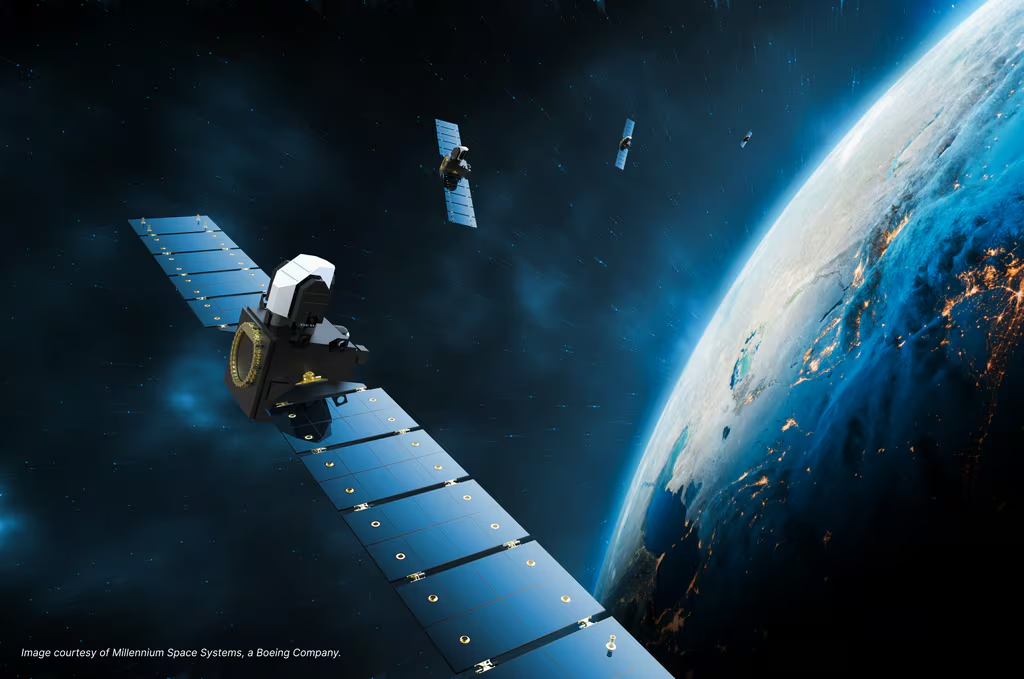Army to prioritize counterspace tech in future budget requests

As the Army continues efforts to strengthen operations in the space domain, the service will begin prioritizing new counterspace capabilities in its budget requests beginning in fiscal 2027, according to a senior official.
“This year during program budget review, we included counterspace capabilities for the first time in our strategic priority list,” Col. Peter Atkinson, principal space advisor at the Department of the Army, said Wednesday during the annual AUSA conference. “That’s the Army prioritizing how important these consequential capabilities are in making sure that they get the requisite resources.”
Since the establishment of the Space Force in 2019, Army Space and Missile Defense Command has worked to redefine how it operates in space to focus more on providing critical capabilities tailored to the service’s specific missions.
As part of its 2024 Space Vision, the Army highlights two new mission areas — integrating space capabilities that can be provided to the joint force or coalition partners, and interdicting adversaries from weaponizing the space domain.
Atkinson emphasized that the service’s interdiction mission is “ubiquitous” with counterspace, which broadly means offensive or defensive operations that disrupt or deny an adversary’s use of space-based assets and capabilities.
“What it’s getting at is counter-satellite communications, counter-surveillance and reconnaissance, and navigation warfare,” he said. “How do we protect friendly forces from threats emanating from the air and space domains? It’s really important for the Army. No one service has a monopoly on protection. We have to protect ourselves.”
Under a memo published in April, Secretary of Defense Pete Hegseth directed a sweeping reorganization of the Army to focus on homeland defense and operations in the Indo-Pacific.
The memo highlights a number of mission areas the service must accelerate as part of the transformation effort — including counterspace, Atkinson said.
“Calling it counterspace by name is really important,” he added.
The push for more counterspace capabilities — as well as more openly discussing their existence — has been a growing trend across the Pentagon over the last year. Along with the Army’s prioritization, Space Force leadership has also spoken publicly about work to fill current gaps in the service’s ability to conduct counterspace operations.
As it looks to spend more on space-based capabilities, the Army is also continuing to grow its cadre of space soldiers, according to Brig. Gen. Don Brooks, deputy commanding general for operations at SMDC. After advocating for a “space branch” within the Army over the last few years, Brooks said the structure will be approved by Army Secretary Dan Driscoll “hopefully soon in the future.”
The service also recently established the 40D Space Operations Specialist role, which will comprise non-commissioned officers specializing in providing space-based capabilities. That MOS will officially activate in August 2026, Brooks said.
“Those non-commissioned officers [and] the 40 alphas will continue to integrate down into the [brigade combat teams] and higher across those warfighting functions, into the scheme of maneuver concept of fires and truly make those warfighting formations more lethal,” he said.






